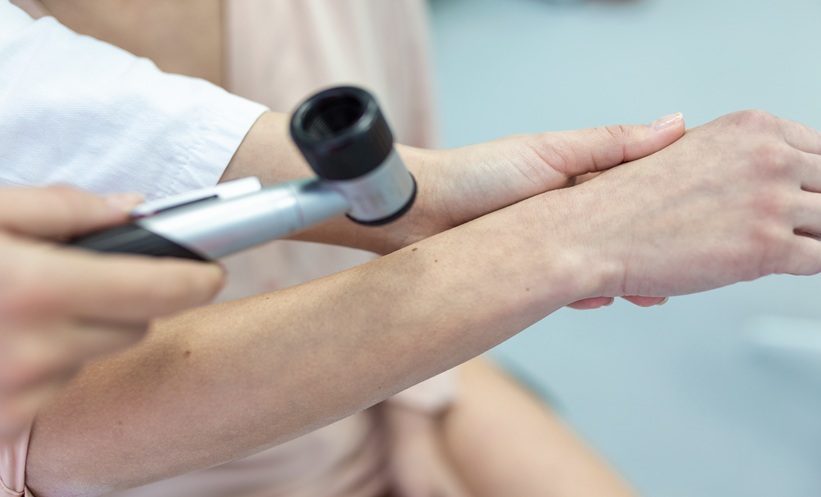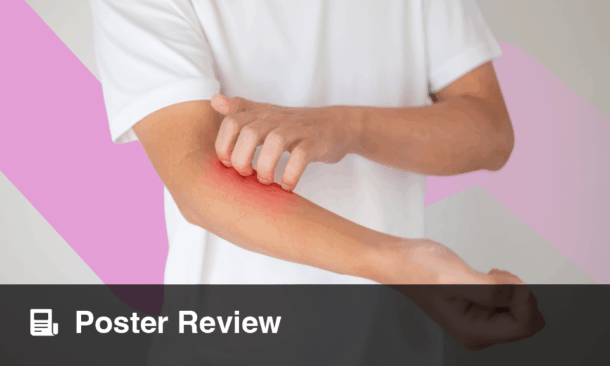Understanding the Burden of Cutaneous Venous Malformations
CUTANEOUS venous malformations (cVMs), rare vascular anomalies marked by progressive vessel dilation, pain, ulceration, and bleeding, may be more prevalent in the US than previously recognized. This is according to a new real-world observational analysis. The study estimated that approximately 194,000 Americans are currently managed for cVMs each year, including both cutaneous-only and mixed venous malformations.
Researchers conducted a nationally representative, subject-blinded probability study involving dermatologists, hematologist-oncologists, pediatricians, radiologists, and vascular surgeons across the United States. Physicians self-reported the number of cVM patients they treated within the past year, with statistical adjustments made for comanagement overlap.
Key Findings on cVM Prevalence
Of the 691 participating physicians, 515 (74.5%) completed the survey, and 376 (73.0%) reported managing at least one patient with cutaneous or mixed venous malformations. This yielded an estimated annual treatment prevalence of 194,195 patients (95% CI: 188,852–200,228), representing approximately 0.06% of the US population. Among these, 135,687 individuals were identified as having cutaneous-only venous malformations, while 58,508 had mixed lesions involving both skin and deeper structures.
Implications for Care and Research
While cutaneous venous malformations remain a rare disorder, the findings reveal a notable disease burden across all age groups. Current management strategies are limited by the lack of FDA-approved therapies and challenges in drug delivery to affected dermal tissues. The authors emphasize the importance of improving access to specialist care, expanding real-world epidemiologic data, and developing targeted treatment options for this debilitating condition.
Reference: Gallagher JR et al. Currently managed US prevalence of cutaneous venous malformations (cVMs): a nationally representative, retrospective, real-world, subject-blinded, physician-observational probability study. Orphanet J Rare Dis. 2025;20(1):504.







